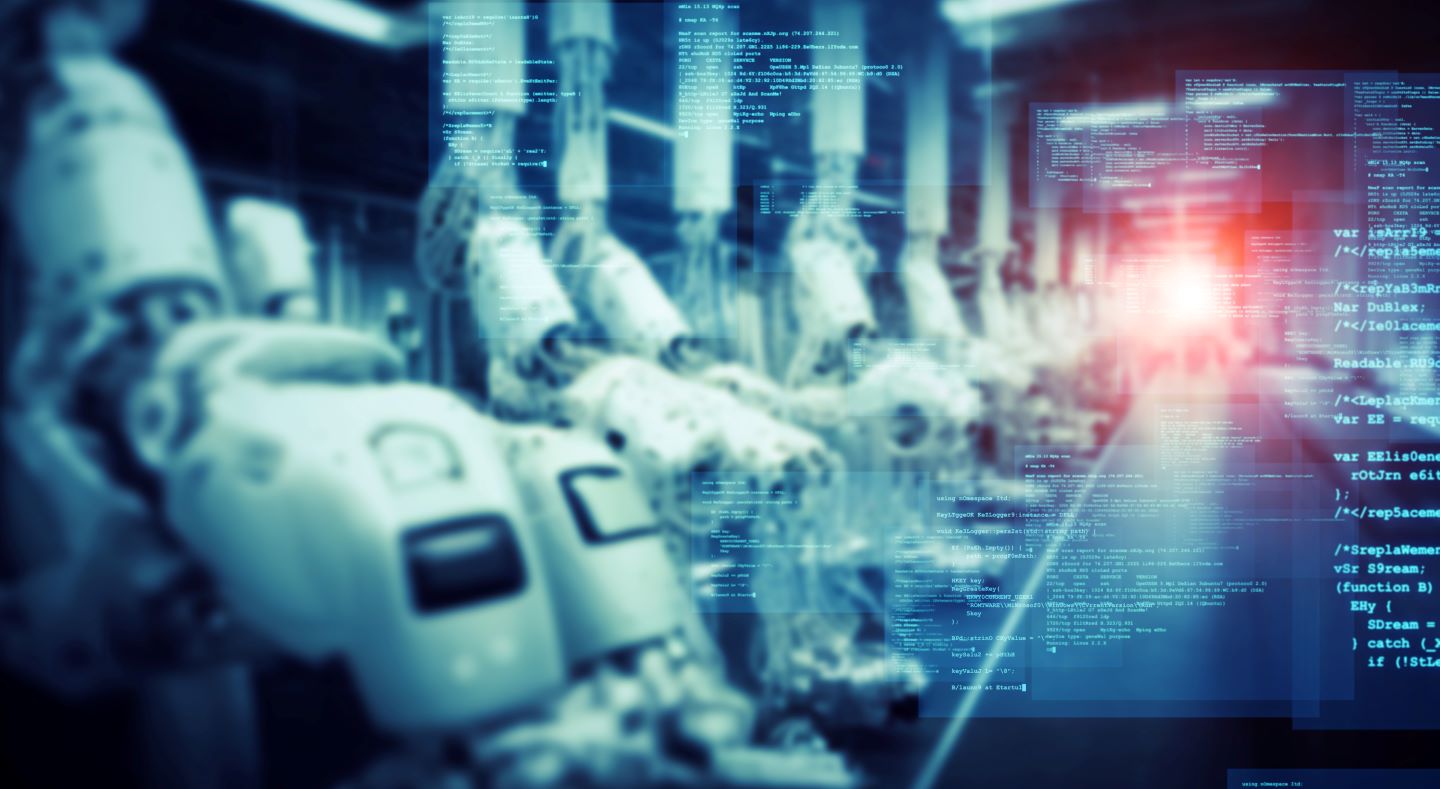Globally, manufacturers have been exposed to supply chain disruptions by several recent events. These include geopolitical uncertainties, trade wars, semiconductor shortages, and the Covid-19 pandemic. Rising costs and economic uncertainties have also contributed to supply chain disruptions.
To remain competitive and resilient, supply chain managers need to focus on digitalisation and automation, especially to assist in reshoring without significantly impacting margins and prices. Companies should also focus on a convergence of technologies—including artificial intelligence, data analytics, and digital twins—to remodel supply chains to be lean and self-sufficient.
Understanding digital twins in a supply chain
A supply chain digital twin is a data-driven model that mimics a real-world supply chain, allowing for simulation, optimisation, and analysis. It fetches real-world data and models the physical supply chain across sourcing, production, manufacturing, distribution, and logistics, to create a single integrated data model. This data model can be used to simulate, conduct what-if analysis, and provide visibility into operational complexities.
By 2035, supply chains will be fully digitised and automated. The use of digital twins can help predict disruptions, optimise operations, and improve decision-making by providing real-time visibility and insights into operations data, supply chain behaviour, and performance.
There are several benefits of digital twins.
- Supply chain optimisation: Digital twins can simulate scenarios to help optimize supply chain operations. This involves testing different production schedules, transportation routes, inventory levels, and demand forecasting models to identify the most efficient way to optimize operations.
- Predictive maintenance: By monitoring the digital twins of physical assets, companies can predict and schedule repairs before equipment fails and identify maintenance needs. This can help prevent downtime and ensure uninterrupted supply chain operations.
- Real-time visibility: Digital twins can provide real-time visibility across the entire supply chain, including production process, warehouse, transportation status, and inventory levels. This visibility allows companies to identify bottlenecks, delays, and inefficiencies in the supply chain network enabling timely interventions to mitigate risks and improve performance.
- Risk management: Digital twins facilitate risk management by simulation the impact of various disruptions such as supplier failures and delays, demand fluctuations, and natural disasters. By assessing such risks in advance, companies can develop contingency plans and build a resilient supply chain network.
- Product lifecycle management: Digital twins support product lifecycle management by tracking a product’s journey from raw materials to finished goods. This visibility into the product’s journey allows companies to monitor quality, traceability, and compliance throughout the supply chain, ensuring product integrity and regulatory compliance.
- Collaboration among partners: Digital twins create a single source of truth that can be used to promote collaboration among supply chain partners including suppliers, producers, distributors, and retailers. The supply chain partners can get access to a shared platform that can help align their activities thereby optimizing inventory levels and synchronising production schedules, leading to overall performance improvement.
- Sustainability optimisation: Companies can optimise their supply chains for sustainability by analysing the environmental impact of their operations, transportation, and sourcing strategies. This can help companies reduce their carbon footprint, reduce waste, and achieve sustainability goals.
Mars and Michelin have already begun
Several companies across various sectors have already adopted digital twins to address their supply chain challenges. Mars, the confectionery, pet food, and other food products company has created digital twins of its Illinois factory to avoid instances of over-filling packages. By using manufacturing machinery sensor data and feeding it into a predictive analytics model, factory line operators were able to monitor events in real time and adjust the filling process. After successful tests, Mars expanded the use of digital twins across its US operations and its pet care business in Europe and China. It uses digital twins to simulate and validate product and factory adjustments before allocating time and resources in the physical space.
How well do you really know your competitors?
Access the most comprehensive Company Profiles on the market, powered by GlobalData. Save hours of research. Gain competitive edge.

Thank you!
Your download email will arrive shortly
Not ready to buy yet? Download a free sample
We are confident about the unique quality of our Company Profiles. However, we want you to make the most beneficial decision for your business, so we offer a free sample that you can download by submitting the below form
By GlobalDataSimilarly, the tyre manufacturing company Michelin used digital twins for strategic sourcing. With its assets of 70 production plants globally, operations in over 170 countries, and growing product models, it was critical for the company to determine the optimal sourcing strategy to improve profits. To determine the best sourcing strategy, the company ran over 80,000 simulations, with over 3,000 different and dynamic decision variables, and built-in optimisation algorithms. The company was able to produce an actionable strategic sourcing plan for the next five years that would help it reduce logistic costs by €10m ($10.9m) annually. Michelin’s profit margin improved by over 5% and its transport and customs costs reduced by over 60%. It also saw a significant decline in its immobilised transportation costs.









Related Company Profiles
Mars Inc